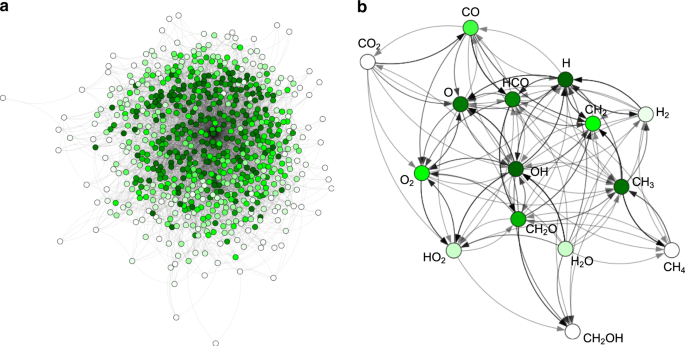
- #Chemical process simulation degree how to#
- #Chemical process simulation degree full#
- #Chemical process simulation degree software#
- #Chemical process simulation degree plus#
- #Chemical process simulation degree professional#
#Chemical process simulation degree professional#
The inclusion of the newest design methods will be of great value to professional chemical engineers. This new edition is suitable as teaching material for Chemical Process and Product Design courses for graduate MSc students, being compatible with academic requirements world-wide. All chapters are completely rewritten or have been revised. New to the second edition are chapters on product design and batch processes with applications in specialty chemicals, process intensification methods for designing compact equipment with high energetic efficiency, plantwide control for managing the key factors affecting the plant dynamics and operation, health, safety and environment issues, as well as sustainability analysis for achieving high environmental performance. Generic systematic methods are employed, supported by intensive use of computer simulation as a powerful tool for mastering the complexity of physical models.
#Chemical process simulation degree how to#
This comprehensive work shows how to design and develop innovative, optimal and sustainable chemical processes by applying the principles of process systems engineering, leading to integrated sustainable processes with 'green' attributes.
#Chemical process simulation degree plus#
Covers the fundamentals of process simulation, theory, and advanced applications Includes case studies of various difficulty levels to practice and apply the developed skills Features step-by-step guides to using Aspen Plus and HYSYS for process simulations available on companion site Helps readers predict the characteristics of a process using mathematical models and computer-aided process simulation toolsįortran Programs For Chemical Process Design Analysis And Simulation Ideal for students, early career researchers, and practitioners, as it guides you through chemical processes and unit operations using the main simulation softwares that are used in the industrial sector. This experienced author team combines industry knowledge with effective teaching methods to make an accessible and clear comprehensive guide to process simulation. You will also learn about the use of simulation for risk studies to enhance process resilience, fault finding in abnormal situations, and for training operators to control the process in difficult situations. Content coverage includes steady and dynamic simulations, the similarities and differences between process simulators, an introduction to operating units, and convergence tips and tricks. This book will help you predict the characteristics of a process using mathematical models and computer-aided process simulation tools, as well as model and simulate process performance before detailed process design takes place.
#Chemical process simulation degree software#
In order to properly assess such achievement the examination is composed of an exercise in which students should independently solve a problem, by means of the software tool taught, producing a file with the results and a short report.Chemical Engineering Process Simulation is ideal for students, early career researchers, and practitioners, as it guides you through chemical processes and unit operations using the main simulation softwares that are used in the industrial sector. This is based on an analytical assessment of the "expected learning outcomes" described above. Some lectures about theoreticalīackground aspects are also included whenĪchievements will be assessed by the means of a final exam. The analysis of examples solved with the aid of a commercial Most of the course will be taught through "Plantwide dynamic simulations in chemical processingĪnd control" Dekker, NY, 2002 Teaching methods
#Chemical process simulation degree full#
Releases (from pressure relief devices, full bore rupture of Use of dynamic simulation for the evaluation of time-varying Implementation and analysis of different control strategies: Observation and understanding of various simple feed-back Providing the correct number of independent dynamic

The basics of pressure-flow relationship and the resulting degrees

Switching from steady state to dynamic simulation, understanding Steady-state process simulation (a unit within the course of Process Analysis for Energy and Environment covers this topic).īasic knowledge of basic Feedback control loops and of the effect of tuning parameter on the dynamic response of the system.įluent spoken and written English is a necessary pre-requisite: all lectures and tutorials, and all study material will be in English. Certificates and requests for duplicatesĪt the end of the course the student has skills on the static and dynamic simulation of chemical processes.Libraries, digital resources and study rooms.Services and opportunities Open submenu.International staff, professors and researchers.European Projects of Education and Training.International networks and associations.Post-graduate vocational training programmes.


 0 kommentar(er)
0 kommentar(er)
